Price Optimization with KNIME
Effective pricing requires balancing competitive positioning, customer expectations, and financial targets. Using KNIME, you can build a structured approach to pricing optimization, integrating diverse data sources, applying advanced analytics, evaluating potential scenarios, and supporting evidence-based decisions that improve both profitability and customer value.
KNIME Workflow Example for Price Optimization
This example workflow demonstrates two price optimization approaches for a fictive e-commerce dataset: value-based pricing and regression-based pricing. The goal is to increase the company's turnover, choosing the most after optimization. It includes:
- Data access of product information and orders
- Data preparation (e.g., filtering, missing value handling, aggregation) and visual inspection to identify performance drivers, turnover trends, and best-performing product categories
- The application of both value-based pricing and regression-based modelling to determine optimal prices
- Presentation of turnover shifts across product categories with custom visualizations
Why use KNIME for Price Optimization
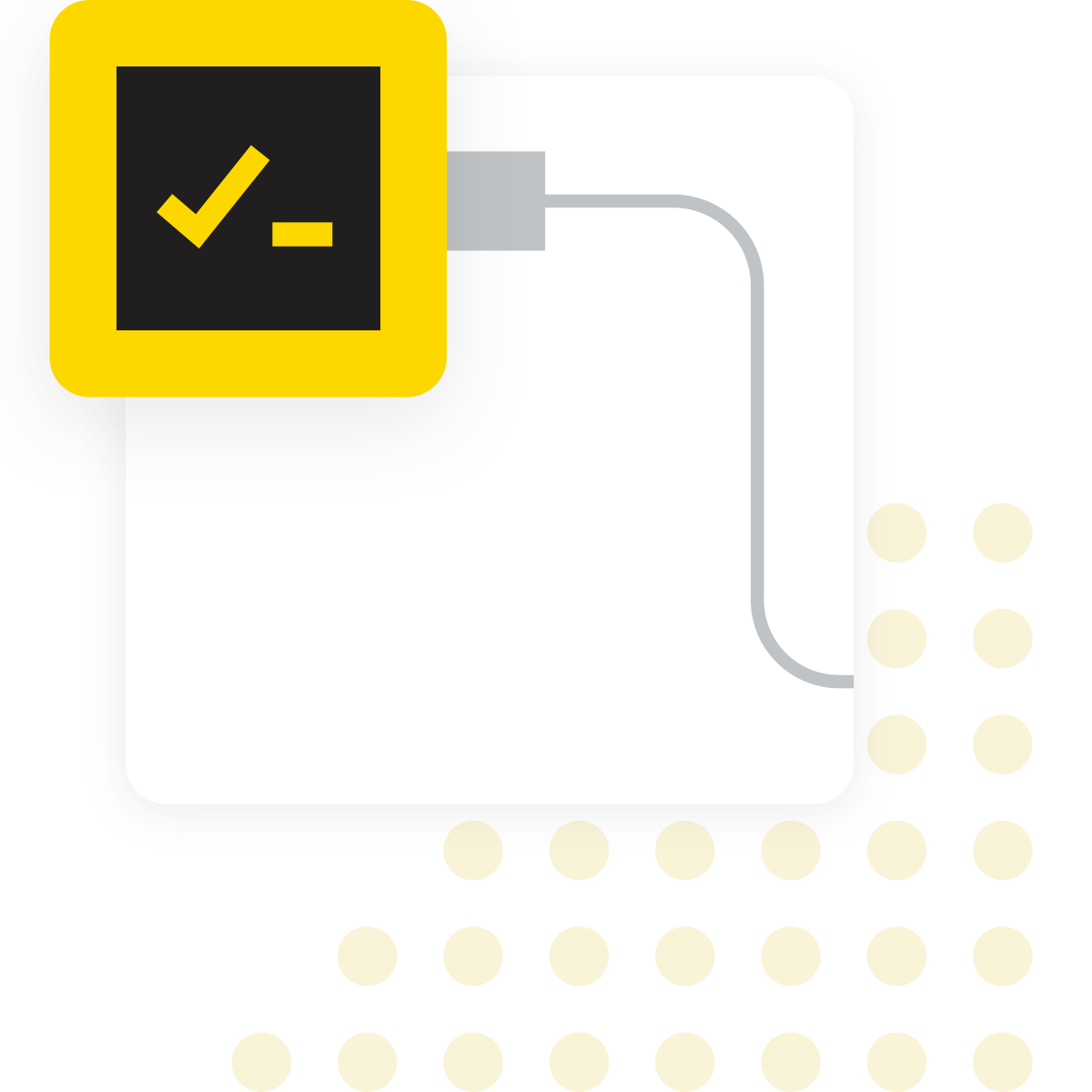
What is Price Optimization?
Price optimization is the analytical process of setting prices based on how customers respond, in order to achieve business objectives like maximizing profit, revenue, or market share. It uses data such as historical sales, cost, customer segmentation, and potentially competitor pricing to identify the best price points.
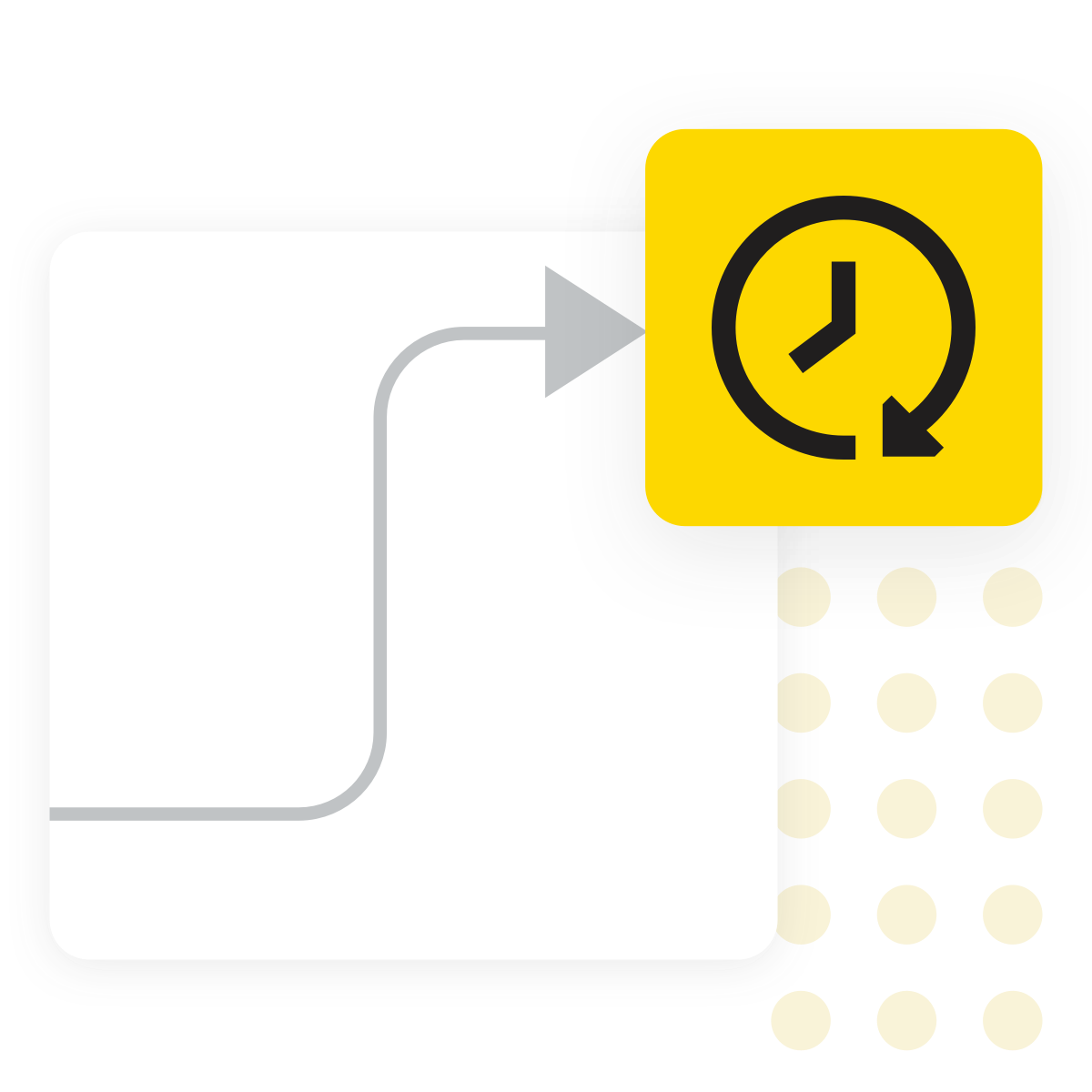
Why does it matter?
Small pricing adjustments can significantly improve margins or sales volumes without major operational changes, and when guided by data, they replace guesswork with clear reasoning by showing how each factor influences outcomes. Additionally, modeling “what-if” scenarios enables businesses to anticipate the effects of cost changes, competitor actions, or market shifts before making decisions.
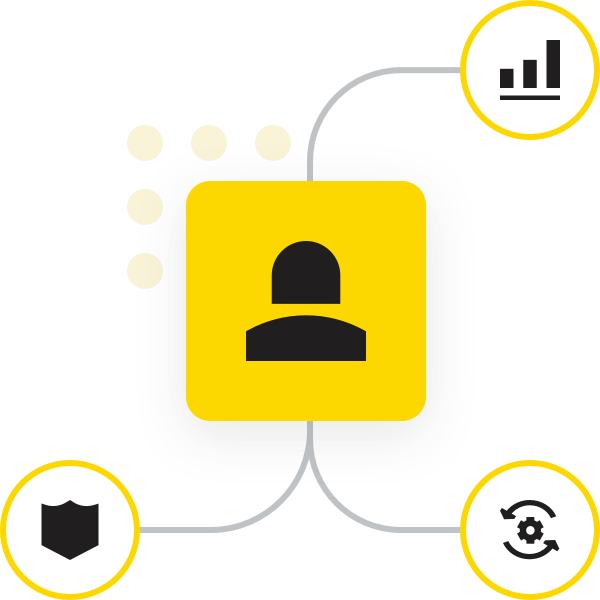
Typical Challenges
- Pricing often requires bringing together data from multiple systems—such as sales records, cost information, customer segmentation, and competitor pricing—which may be stored in different places.
- Building and maintaining pricing models, whether rule-, statistics- or machine learning-based, may require substantial domain knowledge and/or technical expertise when using fragmented tools
- Changing the price of one product can unintentionally affect the sales of other products in the portfolio, which can reduce overall revenue.
- Deploying pricing models into production, where they deliver adjustments in real-time, can be complex, time-consuming, and hard to audit and monitor.
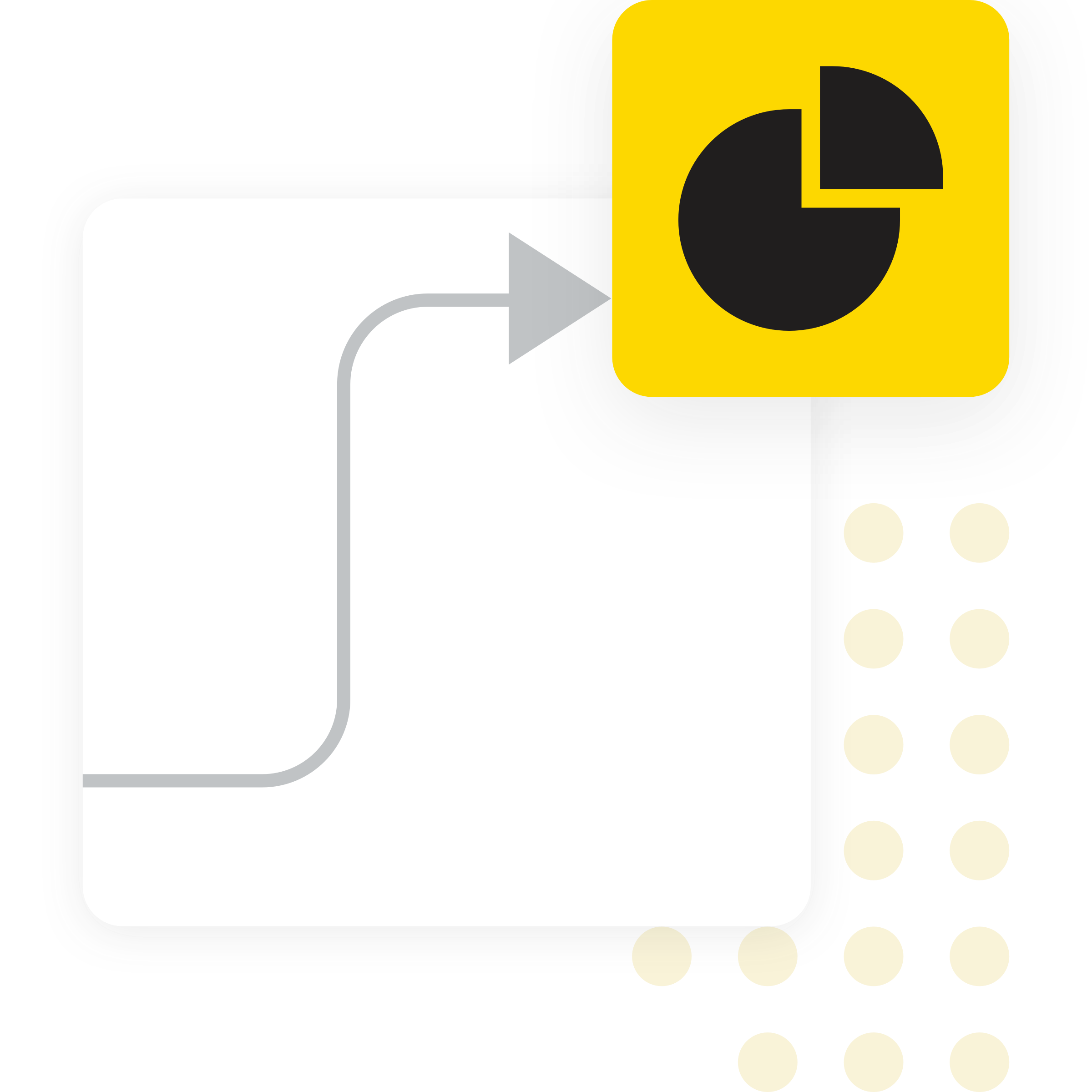
Benefits of using KNIME
- Connect directly to spreadsheets, databases, ERP systems, and APIs, so all relevant product and pricing data can be brought into a single environment
- Harness data wrangling and modeling capabilities to build custom price optimization systems, from rule-based approaches to statistical and machine learning methods, without needing to code
- Simulate and compare different pricing scenarios, enabling more confident decisions that can be applied consistently across different products or categories
- Easily clean, model, and visualize data with a visual workflow interface that transparently documents each step, enabling clear and traceable pricing decisions
- Deploy pricing models for real-time adjustments smoothly and effectively, ensuring decisions are centrally-managed, consistent, explainable, and adaptable to market changes
How to use KNIME for Price Optimization
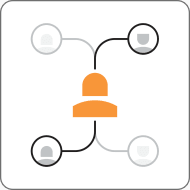
Data Access and Preparation
Import sales, cost, competitor, and product data from Excel, databases, or APIs. Clean, transform, and blend the data. Create an interactive dashboard to visually explore price sensitivity, best-selling product categories, or turnover trends to identify opportunities and discover patterns.

Price Optimization
Build pricing models using rule-based methods by scoring key drivers like product features, customer segments, or competitor benchmarks, or apply statistical and machine learning techniques such as regression modelling to automatically enhance pricing decisions and uncover trends. These approaches help you align prices with demand, identify optimal price points, and maximize profitability.

Simulate and Deploy
Run simulations to test pricing strategies under different market scenarios, identify risks such as cannibalization, and project revenue or profit outcomes. After review and approval, operationalize the results by deploying pricing models as data apps, with human-in-the-loop validation to ensure control and transparency.
How to Get Started
Meet Your Customers
The Marketing Analytics Collection
FAQ
Yes. KNIME can retrieve data from APIs, scrape the web, or access flat files containing competitor price data, and combine them with internal sales and cost information to build more competitive pricing strategies.
You can model cannibalization by combining product-level demand models with scenario analysis. For example, run simulations where you adjust prices for one product and observe predicted changes in demand for related products using regression or machine learning models.
Yes. Pricing optimization in KNIME works for insurance, hospitality, manufacturing, airlines, and more.
KNIME supports scalable processing by performing directly in-database operations, integrating with distributed platforms like Apache Spark, and using efficient in-memory operations when working locally.
Yes. You can schedule workflows to automatically pull new data from APIs, the web, databases, or ERP systems at a set time or interval using one of KNIME’s paid plans. In this way, your price optimization models timely reflect the latest market conditions.